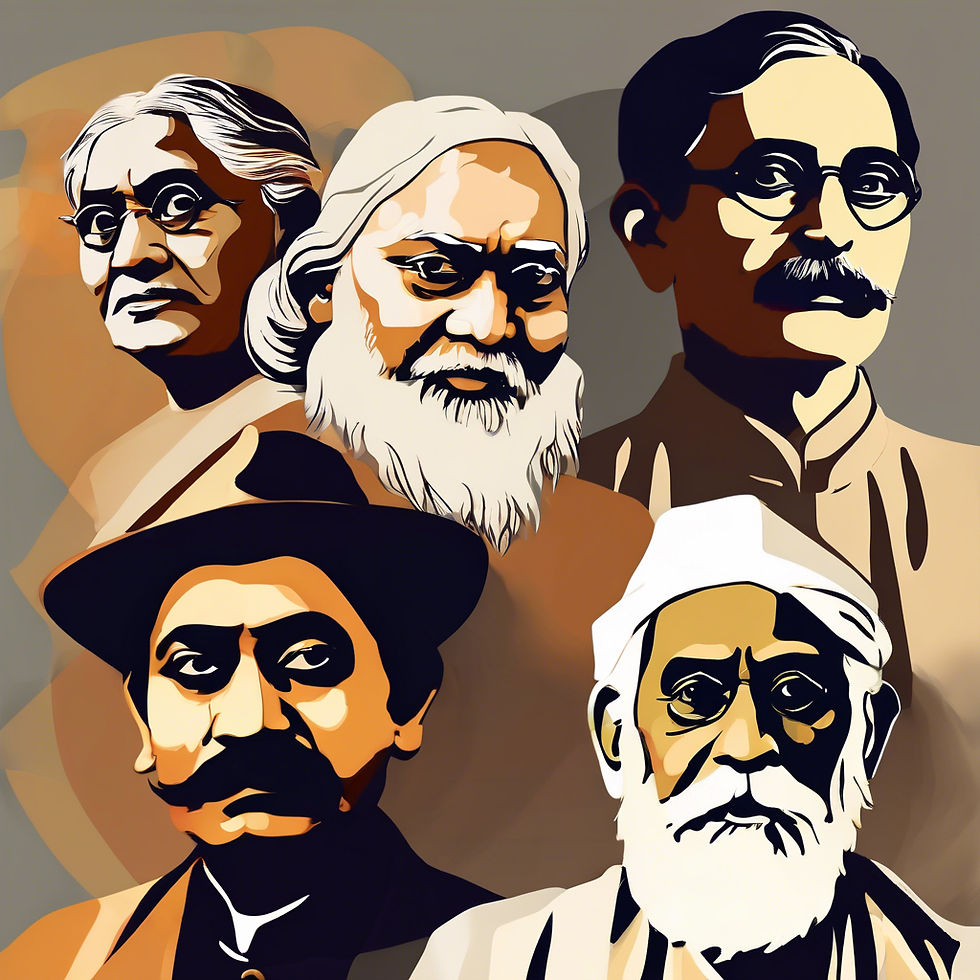Why Do Indian Folk Art Styles Still Matter Today?
- CAMI Info
- Jul 11
- 2 min read
In a world full of fast-moving digital trends and AI-generated art, the hand-painted traditions of India might seem like a thing of the past. But look closer — from fashion runways to school art projects, tribal and folk styles are still thriving. Why? Because Indian folk art styles are more than just decorative — they are living, breathing stories of who we are.
Whether it’s a Warli painting from Maharashtra or a Madhubani masterpiece from Bihar, these traditional forms continue to capture our imagination. And they are more relevant today than ever before.

They Tell India’s Story — In Colour
Every folk art style in India is rooted in the region’s culture, beliefs, environment, and daily life. Gond art shows animals, forests, and farming scenes. Pattachitra tells tales of gods and festivals. Kalamkari weaves myths with plant-based dyes. These are not just paintings — they’re history books without words.
In a time where we’re all seeking to reconnect with our roots, Indian folk art acts as a colourful thread tying us to generations of storytelling, spirituality, and tradition.
Handmade in a Machine World
Most Indian folk art styles are done entirely by hand — using brushes, sticks, twigs, or even fingers. In a world ruled by touchscreens, this brings a sense of slowness, mindfulness, and originality. Each piece is unique. Each line has a heartbeat.
For children especially, learning folk art helps build patience, observation, and pride in handmade work. It encourages kids to make, not just consume.
They’re Evolving — Just Like Us
Many folk artists today are using traditional methods to depict modern themes — climate change, education, women's rights, and even COVID-19. The canvas may be age-old, but the voice is fresh.
Kids can do the same. They can paint their lives using Warli figures or draw school scenes in Madhubani style. Folk art becomes a tool to express the present through the lens of the past.
They Belong to All of Us
Unlike classical art forms that require years of training, Indian folk art styles are accessible. Anyone — child or adult — can learn and enjoy them. These styles invite everyone to create, to tell their story, and to take part in India’s rich creative tradition.
Explore Folk Art With CAMI!
At the Children’s Art Museum of India, we believe every child should know and try Indian folk art. That’s why we host themed activities, tutorials, and blog posts just like this — to keep our heritage alive through young hands.
Encourage your child to create a folk-art-inspired piece and submit it to www.childrensartmuseumofindia.com. Selected artworks will be proudly showcased in the CAMI Gallery and across our digital platforms!
Folk art is not just old — it’s timeless. Let’s pass it on, one brushstroke at a time.




Comments